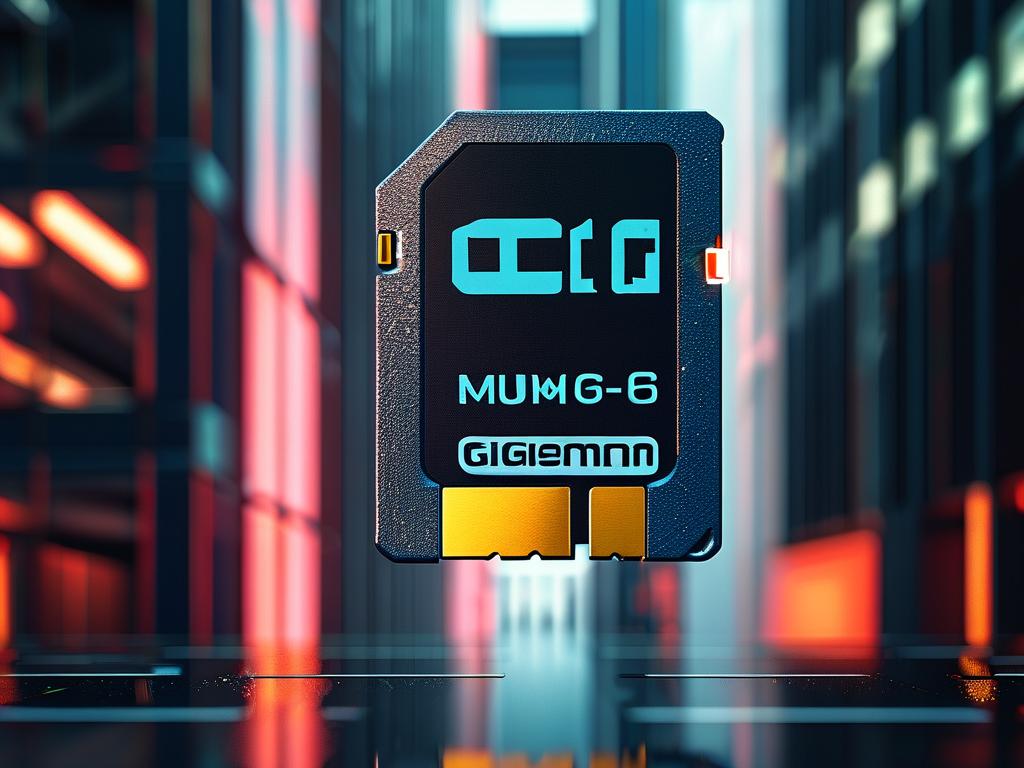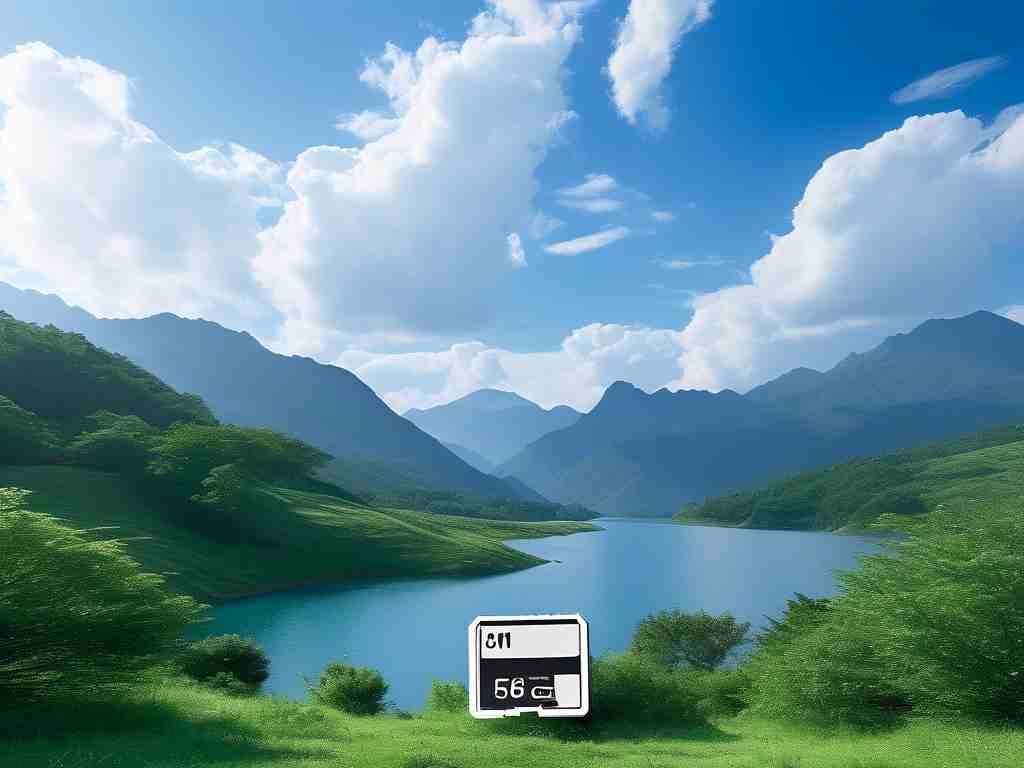Security cameras and dashcams rely heavily on memory cards to store footage, but determining the right storage capacity often confuses users. Understanding how to calculate the required memory card size ensures uninterrupted recording and avoids data loss. This guide breaks down the factors influencing storage needs and provides actionable formulas for accurate planning.

The primary variables affecting memory card capacity are resolution, bitrate, compression format, and recording duration. Higher-resolution cameras (e.g., 4K) consume significantly more space than 1080p devices. For instance, a 4K camera recording at 30 frames per second (fps) may use 900 MB per hour, while a 1080p camera at the same fps might require only 300 MB. Bitrate—the amount of data processed per second—also plays a role. A camera with a 10 Mbps bitrate will fill storage faster than one operating at 5 Mbps.
Compression formats like H.265 (HEVC) optimize storage by reducing file sizes without sacrificing quality. Compared to older H.264 codecs, H.265 can cut storage needs by up to 50%. Users should check their camera’s supported formats in the settings menu. Additionally, motion-activated recording—a common feature in security systems—reduces storage consumption by capturing footage only when movement is detected.
To calculate daily storage requirements, use this formula:
(Bitrate in Mbps × 3600 seconds × 24 hours) / (8 × 1024) = Daily Storage in GB
For example, a 5 Mbps camera would need:
(5 × 3600 × 24) / (8 × 1024) ≈ 52.73 GB per day
Multiply this by the number of days you want to retain footage. A 7-day retention period would require a 369 GB card. However, real-world factors like intermittent motion recording or nighttime IR mode may lower this estimate. Always add a 20% buffer to account for unexpected usage spikes.
Memory card endurance is another consideration. Continuous writing cycles degrade cards over time. High-endurance microSD cards designed for surveillance use last longer—look for ratings like "10,000 write cycles" or "Class 10/U3/V30" labels. Avoid standard consumer-grade cards, as they may fail prematurely under heavy workloads.
For multi-camera setups, aggregate the storage needs of all devices. A four-camera system with each unit requiring 15 GB daily would demand a 60 GB/day storage solution. Network Video Recorders (NVRs) with RAID configurations or cloud backups provide redundancy but complicate calculations—factor in synchronization delays and bandwidth limits if using hybrid storage.
Environmental factors also impact storage. Cameras in high-traffic areas trigger more motion recordings, while those in stable environments (e.g., monitoring empty warehouses) use less space. Seasonal changes matter too: winter footage with longer nighttime hours may increase IR mode usage, slightly raising storage demands.
Formatting the card using the camera’s built-in tool ensures compatibility and maximizes capacity. Never format via a computer, as improper allocation unit sizes may cause errors. Regularly check card health through the camera’s app or software—replace cards showing warning signs like corrupted files or failed recordings.
Emerging technologies like AI-based selective recording further refine storage efficiency. Cameras with onboard analytics can distinguish between relevant events (e.g., human movement) and false triggers (e.g., swaying trees), preserving space. Pairing these systems with tiered storage—keeping critical footage locally and archiving less urgent clips to the cloud—creates a balanced approach.
In , precise memory card sizing combines technical calculations with real-world usage patterns. By analyzing resolution, bitrate, compression, and operational scenarios, users can select cards that balance cost and reliability. Always prioritize high-endurance models and periodically review storage strategies as recording needs evolve.









